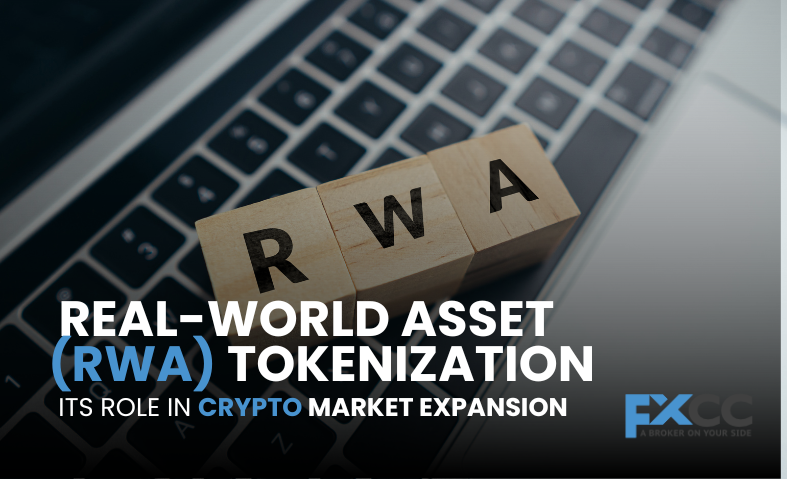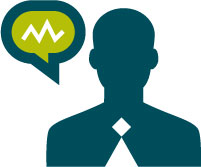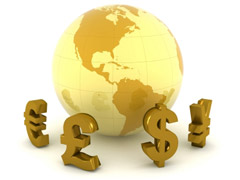As the cryptocurrency landscape shifts beyond mere digital coin trading, a new development is transforming how we interact with value—Real-World Asset (RWA) Tokenization. This breakthrough turns physical items like buildings, stocks, precious metals, and collectibles into blockchain-based digital assets that are easily tradable. By digitizing ownership, tokenization injects traditional asset value into decentralized ecosystems, improving accessibility and liquidity for global users.

Tokenization Explained: Turning Real Assets into Digital Investments
RWA tokenization refers to the process of representing ownership rights of physical assets using tokens on a blockchain network. These tokens can either be standardized and exchangeable like company shares or gold, or they can represent a one-of-a-kind asset. Digital tokens with unique identifiers can represent sole ownership of assets like a particular house or an exclusive artwork, offering a secure and traceable record of possession on the blockchain.
Beyond Trading: Why RWA Tokenization Matters to Crypto
RWA tokenization is rapidly becoming a cornerstone of digital finance, reshaping how physical assets are accessed and exchanged within blockchain ecosystems. By introducing real economic value into the crypto market, it broadens the scope of blockchain applications beyond speculative investments. This technology not only strengthens ties between decentralized finance (DeFi) and traditional financial systems but also enhances credibility, making the crypto space more appealing to conservative investors and financial institutions.
The Journey of Asset Tokenization: How It All Comes Together
Creating a tokenized asset involves a structured series of actions. It starts with selecting a physical asset and determining its fair market value. After this, a blockchain-based token is generated to serve as a digital counterpart to the real-world item. This token is managed through smart contracts that define the rules of ownership, compliance, and transfer. Trusted custodians safeguard the physical assets, while external data providers, known as oracles, keep the digital representation aligned with real-world conditions.
Breaking Barriers: The Benefits of Tokenizing Real Assets
Integrating real-world assets into blockchain networks unlocks a range of benefits, transforming traditional asset management and trading. One of the key improvements is increased liquidity for assets that are usually slow-moving. Items such as buildings or fine art are typically not easy to buy or sell quickly. Tokenization simplifies this by enabling fractional ownership and creating markets where small portions of high-value assets can be traded efficiently. Because these digital tokens can be accessed globally at any time, investors are no longer limited by geography or business hours. The transparent and tamper-proof nature of blockchain also ensures that every transaction can be verified, improving auditability and trust.
Addressing the Hurdles: Challenges in the Tokenization Landscape
Despite its transformative promise, RWA tokenization does not come without difficulties. One of the major obstacles is navigating complex regulatory environments, which differ from country to country. Pricing real-world assets for token-based markets is another challenging aspect, especially when there’s no active secondary market. Custodianship remains a concern too, as it requires a high level of trust to ensure the real asset remains safe and accessible. On top of that, the technology itself must be robust, secure, and resistant to hacking or bugs to protect investors.
Real-World Successes: Tokenization in Action
Many organizations are already proving that tokenization can work in the real world. Platforms like Lofty and RealT are allowing everyday users to invest in small shares of rental properties, providing a steady stream of income from fractional real estate. Financial giants like Franklin Templeton are experimenting with blockchain by releasing tokenized versions of traditional securities, such as U.S. Treasury bonds. The model is also being extended to luxury goods, rare collectibles, and even natural resources, showing the wide reach of this technology.
Institutions Step In: Bridging Traditional and Digital Finance
More and more institutional players are starting to engage with RWA tokenization. Major banks, investment firms, and fintech platforms are exploring ways to digitize their existing asset portfolios. This trend is helping channel significant capital into blockchain ecosystems, while also encouraging cooperation between legacy financial systems and emerging decentralized platforms. As trust builds and use cases expand, the boundaries between DeFi and TradFi continue to blur.
What Lies Ahead: Tokenization and the Next Financial Era
The potential of RWA tokenization is vast. In the near future, we may see greater integration between tokenized assets and government-issued digital currencies or stablecoins. This could lead to fully digital capital markets, where individuals and institutions conduct borrowing, lending, and investing all on blockchain infrastructure. Such developments may not just change how we handle assets—they could redefine financial systems worldwide by making them faster, cheaper, and more inclusive.

The Takeaway: A Game-Changer for Crypto and Finance Alike
To sum it up, the tokenization of real-world assets is much more than a clever use of blockchain—it’s laying the groundwork for a completely new financial ecosystem. By merging tangible value with digital efficiency, this innovation makes investing more accessible and secure. As adoption spreads and regulatory clarity improves, RWA tokenization is poised to become a cornerstone of the next phase in crypto’s evolution and global financial transformation.


